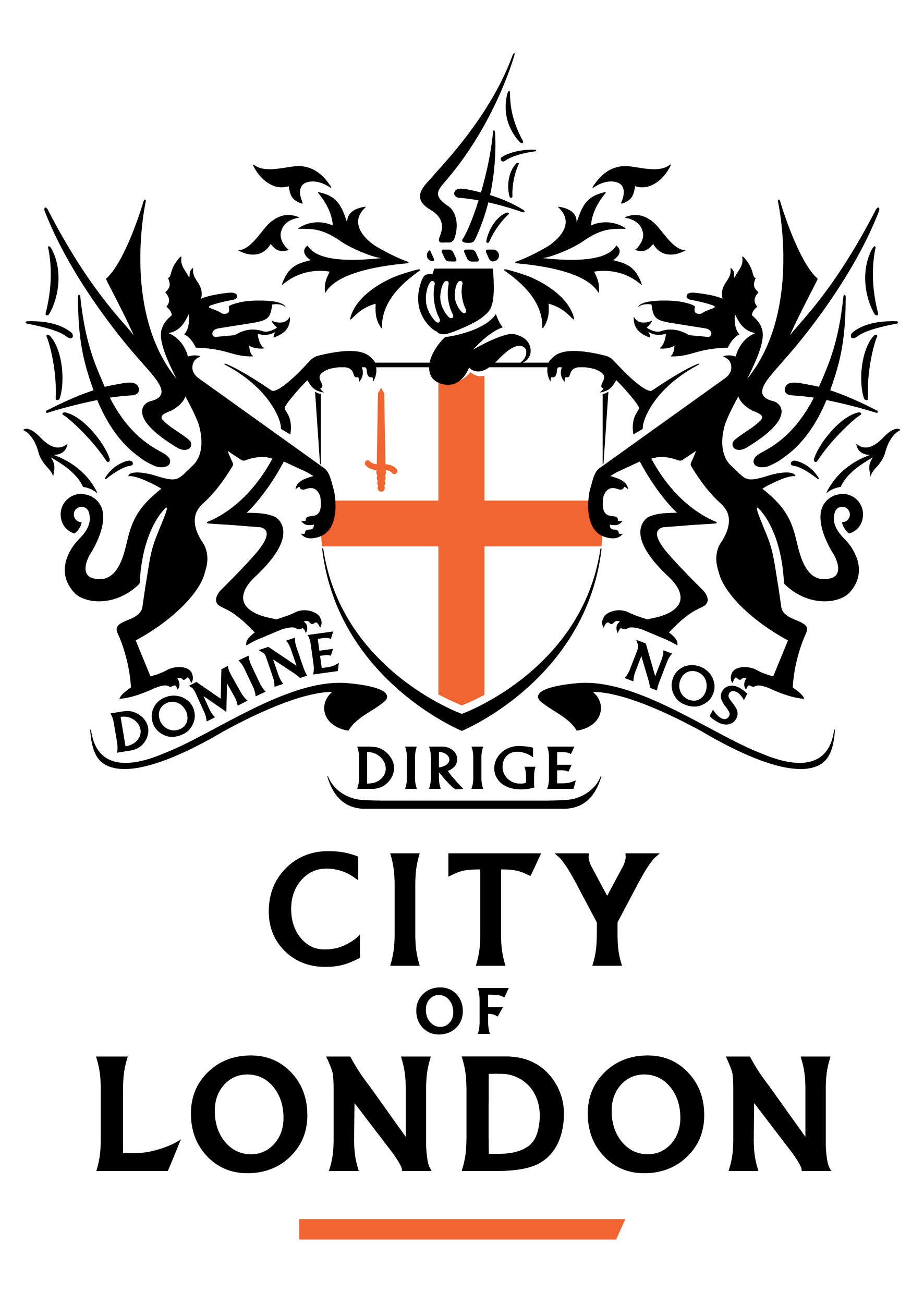
- You are here:
- Agenda item
Agenda item
Planning Advice Note: Whole Lifecycle Carbon Optioneering
Report of the Executive Director, Environment
Minutes:
The Committee considered a report of the Executive Director of Environment presenting a first draft of a guidance note advising developers on carrying out whole life-cycle carbon options appraisals, including their scope and methodology, to assist pre-application procedures for major applications in ensuring that development proposals are pursued that minimise operational and embodied carbon emissions. The Chairman introduced the item, commenting that this was a crucial piece of work and central to the Committee’s strategy, and thanking Members and officers for their work on this so far.
The Executive Director of Environment then introduced the report and draft guidance note, drawing Members’ attention to the key points and setting out next steps for taking it forward, adding that a six-week consultation on the document was planned, if approved. The Executive Director of Environment then addressed several points and comments raised by Members ahead of the meeting, giving the Committee further detail on the lifecycle of developments, carbon emissions, commercial development policy and the provision of independent advice.
The Chairman commented that the Committee would look increasingly badly on the strategic use of carbon offsetting to meet targets, and it would be useful to make this clear within the guidance. The Chairman added that the guidance note had been equally encouraged by developers, and that he hoped this work would facilitate mutual steps forward.
In response to questions from a Member, the Executive Director of Environment advised that officers would work with the public realm team on materials and their impact. It was also accepted that the guidance note would need to account for a wider range of technologies and avoid promoting any specific technology. The Executive Director of Environment added that points around technology reinforced the complexity of the issue, and there would be a need to adjust and adapt the guidance over time. The Committee was advised that work was underway to map the locations across the City of London where ground source heat pumps could be installed, and that at least one had already been installed. Officers had tried to include as much information as possible to provide granularity.
A Member asked whether the guidance note incorporated all best practice and international learning, noting the points raised on the evolution of technology, and suggested that industry experts be specifically consulted on the guidance note with a view to scrutinising it as widely as possible. The Committee was advised that work and projects undergone elsewhere had been reviewed during the process, but that the main objective was to set a framework, with consistent information. The Executive Director of Environment added that the City Property Association and developers had asked that a workshop be held, and that it was planned to reach out to professional bodies representing facets of the industry, as well as residents. The Chairman commented that it was hoped that the guidance note would be industry-leading and therefore they may be elements of the guidance note from which a limited amount could be drawn from contemporary work.
The Deputy Chair commented that the guidance note should account for the re-use of foundations, and address crossover points, at which an enhanced building would achieve carbon payback. The Executive Director of Environment advised that officers would look into the re-use of foundations and that ideally crossover points would be before the 2040 target for net zero. In response to a question from the Chairman, the Executive Director of Environment advised that developers should already be following much of the guidance set out, but as this was being executed in various ways, it was hoped that the document would consolidate and made implementation of the guidance easier.
In response to a question from a Member, the Executive Director of Environment advised that once finalised, the document would be something that developers would be required to look at and provide information in response, but a lack of conformity would not sufficient for refusal on its own. However, the document would be incorporated into a Supplementary Planning Document (SPD) which would be stronger, and the messaging around the guidance note would be clear that developers would have to deliver on the expectations set out.
Members commented that the document fit in well with the wider Transport Strategy, and encouraged the inclusion of transport elements such as electric vehicles and road infrastructure. In response to a question from a Member, the Executive Director of Environment advised on the timescales for taking the document forward and its interaction with the planned Climate Action Strategy SPD. The Committee was advised that it was ultimately intended that when a planning application was submitted, the document would be used for optioneering, and would be presented as a distinct part of the application, with a condition to monitor compliance.
The Chairman thanked Members for their comments, which demonstrated the depth of work on this to date, before drawing the Committee’s attention to the recommendation which was agreed.
RESOLVED – That the Planning & Transportation Committee approve the draft Planning Advice Note “Whole Lifecycle Carbon Optioneering” for public consultation.
Supporting documents:
-
Whole Lifecycle Carbon Optioneering PAN PT Committee Report May 2022, item 5.
 PDF 133 KB
PDF 133 KB -
220525_WLCA optioneering_Final_06, item 5.
 PDF 4 MB
PDF 4 MB